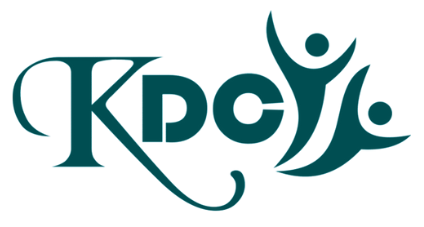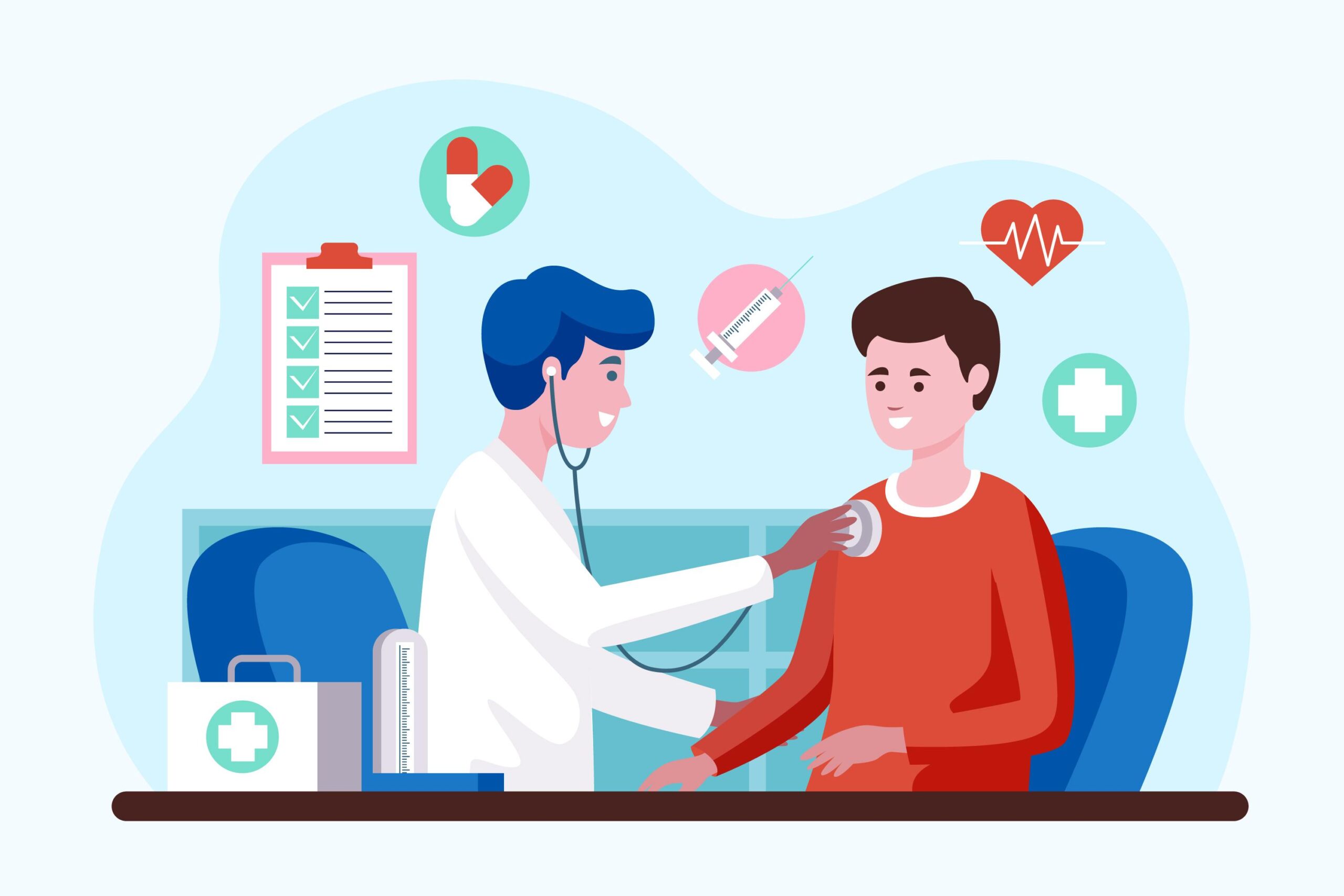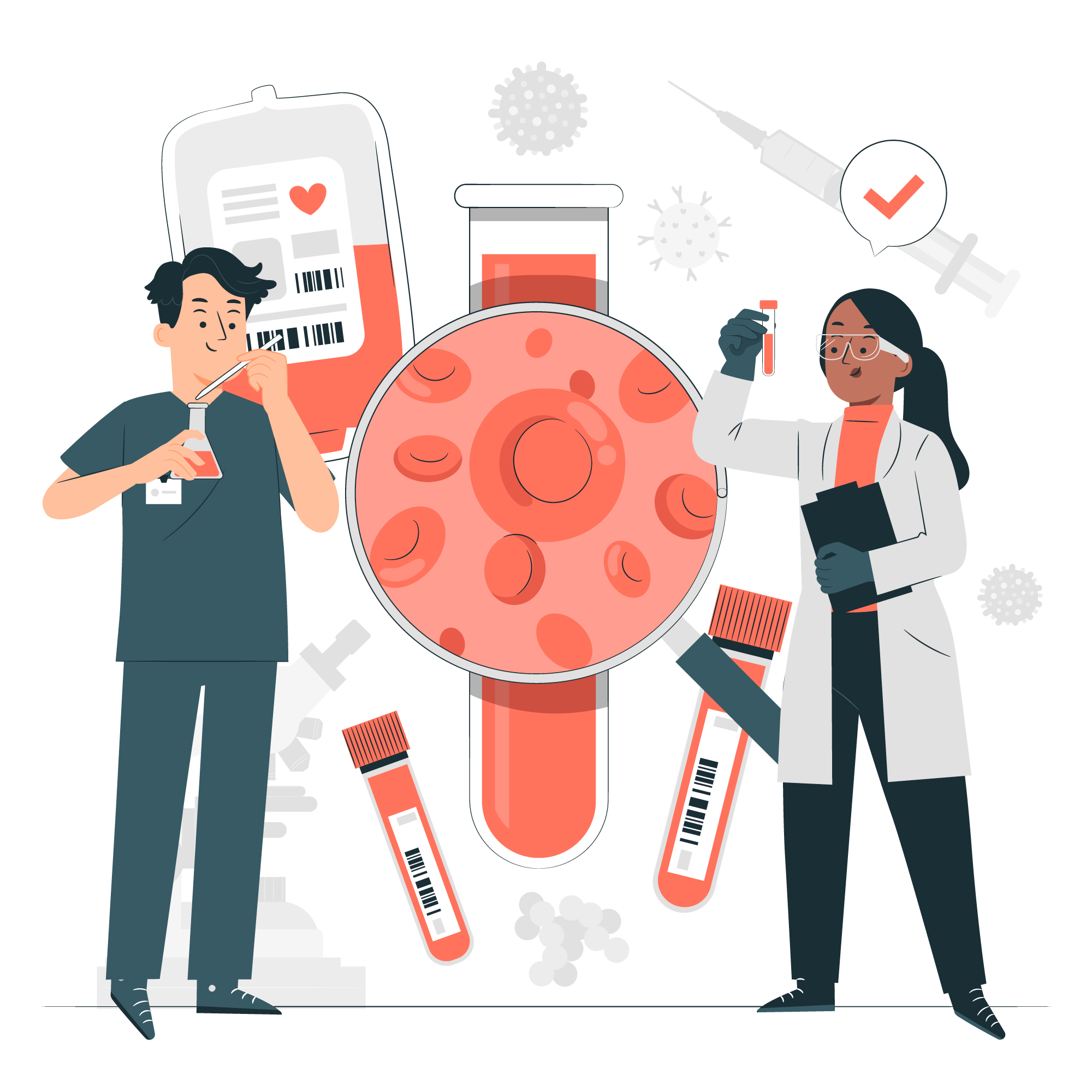2D Echo Test – Two-Dimensional Echocardiography
Dil hai toh zindagi hai. But hum apne dil ko aksar tab yaad karte hain jab woh takleef dena shuru karta hai. Chest mein pain hua, saans phoolne lagi, ya high BP report aya – tabhi hum doctor ke paas bhaagte hain.
But what if I tell you, ek simple, painless test se aap apne heart ki ek clear picture dekh sakte ho? A test jo X-ray ki tarah fast hai, sonography ki tarah safe hai, aur bina dard ke aapke dil ke andar ka poora haal batata hai.
That test is called 2D Echo (2D Echocardiography).
Is blog mein hum detail mein samjhenge:
2D Echo test kya hota hai?
Kaise kiya jaata hai?
Kis condition mein doctors suggest karte hain?
Kya patient ko koi risk hai?
Reports kaise samjhen?
Prevention aur lifestyle advice
Let’s start.
What is a 2D Echo Test?
2D Echo, also called 2D Echocardiography, ek type ka ultrasound test hai jo specially heart ke liye banaya gaya hai.
Machine sound waves bhejti hai aur dil ke andar ke structures (valves, walls, blood flow) ki live images deti hai.
Ye ek moving image banata hai (like a video), jo doctor ko help karta hai to see how well your heart is working.
Think of it like a sonography of the heart.
Why is it Called “2D”?
“2D” ka matlab hai two-dimensional view.
It shows your heart’s shape, size, movement, and blood flow in real-time.
Some advanced versions are 3D or Doppler Echo, but 2D is the most common, affordable, and widely used.
Why Do Doctors Recommend 2D Echo?
Doctors suggest 2D Echo when they want to:
Check heart pumping efficiency
Dil kitni efficiently blood pump kar raha hai.
This is called Ejection Fraction (EF).
Look at valves
Heart ke 4 valves properly open/close ho rahe hain ya leakage (regurgitation) ho rahi hai.
Detect wall motion issues
Heart attack ke baad kuch walls weak ho jaati hain. Echo unhe detect karta hai.
See blood clots or fluid
Sometimes clots form inside heart chambers.
Detect birth defects
Congenital heart diseases in kids.
Monitor high BP and diabetes patients
Long-term high BP → heart thickening → Echo shows changes early.
Symptoms When 2D Echo is Needed
Doctors recommend 2D Echo if you have:
Chest pain or pressure (especially during activity).
Shortness of breath while walking or climbing stairs.
Palpitations (fast or irregular heartbeat).
Swelling in legs/ankles (could be heart failure sign).
Fainting or dizziness.
History of heart attack or family history of heart disease.
Uncontrolled diabetes or hypertension.
Basically, if your body keeps saying “dil mein kuch toh gadbad hai,” Echo is the safest test.
The 2D Echo Test Procedure – Step by Step
Preparation
No fasting needed (except in special cases).
You can eat, drink, and take your medicines.
During the Test
You’ll lie down on a bed.
Doctor applies gel on your chest (like ultrasound).
A small probe (transducer) is moved over chest.
Machine converts sound waves into a moving picture of heart.
Time Taken
Hardly 10 –30 minutes.
Painless & Safe
No needles, no injections, no radiation.
Safe for kids, adults, pregnant women.
What Does the 2D Echo Report Show?
Reports mein bohot saare numbers hote hain jo confusing lagte hain. Let’s break them:
Ejection Fraction (EF)
% of blood pumped out with each heartbeat.
Normal: 55–70%.
Below 50% → weak pumping.
Chamber Size
Dil ke rooms (atria, ventricles) ka size.
Valve Function
Normal opening/closing, or leakage/blockage.
Wall Motion
Heart attack ke baad damage hua hai ya nahi.
Pericardial Fluid
Fluid around heart (abnormal if excess).
Prevention & Lifestyle Tips for Heart Health
Echo ke results ek wake-up call hote hain. Agar heart abhi thoda stressed hai, toh aap lifestyle improve karke future attack prevent kar sakte ho.
Heart-Friendly Diet
Eat more: fruits, vegetables, oats, dal, nuts, fish.
Avoid: fried food, red meat, junk food, sugary drinks.
Limit salt intake.
Stay Physically Active
At least 30 mins brisk walking 5 days a week.
Yoga and meditation reduce stress.
Quit Smoking & Limit Alcohol
Both damage heart and blood vessels.
Manage Risk Factors
Control BP, sugar, cholesterol.
Regular health checkups.
Common Myths About 2D Echo
Myth 1: 2D Echo is painful.
Truth: It’s painless, just like an ultrasound.
Myth 2: Only heart patients need Echo.
Truth: Even young people with chest pain or fainting may need it.
Myth 3: It has radiation.
Truth: No radiation, completely safe.
FAQs
Q1. Is 2D Echo same as ECG?
No. ECG records electrical activity; Echo shows heart structure and pumping.
Q2. Can 2D Echo detect blockage in heart arteries?
Not directly. For blockages, tests like TMT, CT Angiography, or Angiography are needed.
Q3. How often should I get 2D Echo?
Only if doctor recommends, usually in patients with heart conditions.
Q4. Is 2D Echo safe in pregnancy?
Yes, absolutely.
Q5. Cost of 2D Echo?
Varies city to city, but usually affordable (₹1500–₹3500 in India).
2D Echo is like a window into your heart. Simple, painless, safe – yet extremely powerful. It can detect heart issues early, sometimes even before symptoms become severe.
👉 Remember: Don’t ignore chest pain, breathlessness, or swelling. A timely 2D Echo can save your life.


